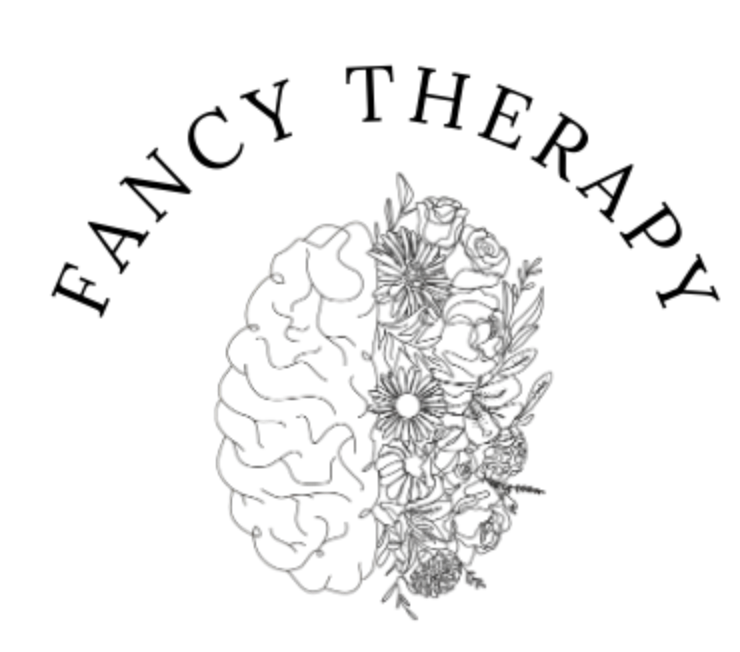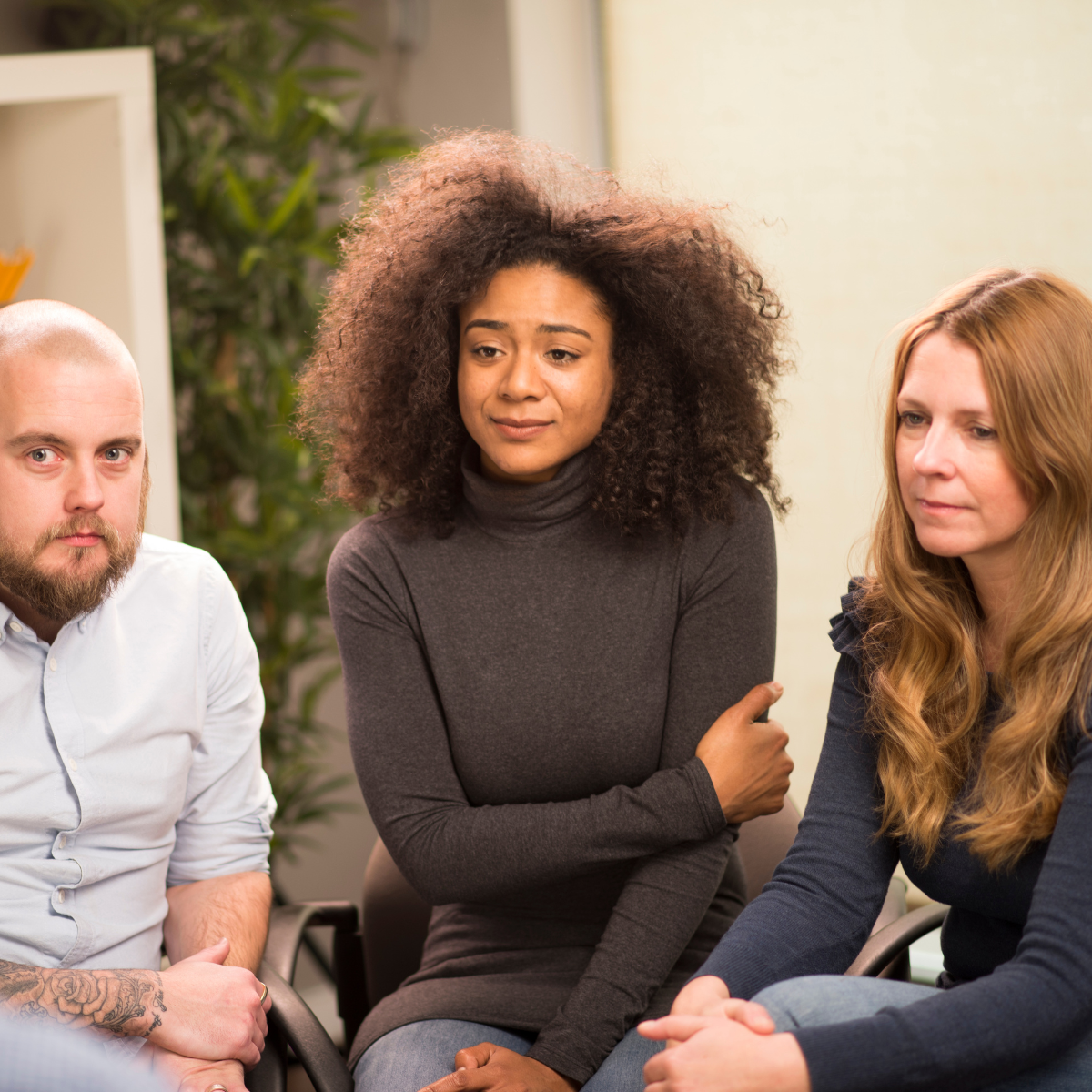The Role of Yoga and Mindfulness in Healing Trauma
Let's talk about yoga and mindfulness and how they can be helpful in addressing trauma. Imagine a place where we can move calmly, breathe in and out, feeling peaceful. This is a personal way I describe yoga and mindfulness and what they can do for us, especially when we are recovering or healing from trauma. Years of research have supported that yoga and mindfulness can actually aid trauma recovery. Let's try to understand this a bit better.
Trauma can happen because of accidents, prolonged stress, abuse, or difficult life events, and it can manifest not just mentally but physically, leaving scars that we aren't able to see. When we think about healing and processing trauma, our bodies often tend to get stuck in a stress response, which can lead to chronic stress, anxiety, and other physical issues. This is where yoga and mindfulness come in to help ease the stress response.
Yoga is a form of exercise, but it is much more than that. It's about practicing different postures, which is the exercise component, but what sets yoga apart is that it integrates our mind, spirit, and body. Trauma often leaves our nervous system on alert and in an uncomfortable state. Yoga can help activate our parasympathetic nervous system, which manages our fight-or-flight response, as this is the body's initial reaction to trauma. Through these gentle stretches and deep breathing, yoga can help relax the nervous system, reducing anxiety and stress, as noted in an article by Basu-Ray (2021).
Another negative impact of trauma is that it can often disrupt our mind-body connection. Yoga helps with this disruption by empowering us to tune into our bodily feelings as well as build awareness of our emotional responses, helping us better understand the physical impacts of trauma.
Another reason why yoga is so special is that it provides us with a safe space to explore and release the emotion stored in our mind and bodies due to trauma. It provides us the opportunity to really reflect on the impact of trauma and helps us build our self-awareness to develop greater emotional resilience.
Research shows that practicing yoga regularly and consistently has many benefits, including improving sleep quality, helping with chronic pain, and enhancing overall well-being by addressing the mind-body-spiritual connection in a holistic way (Bankar et al., 2013; Vallath, 2010). This is very important for trauma survivors, as they often struggle with sleep difficulties and body discomfort due to the physical impacts of trauma. Research has also found that mindfulness-based interventions can reduce symptoms of trauma-related stress and improve overall well-being (English et al., 2022).
When we're grounded, present, and engaged in the moment, that is a general way to define mindfulness. Mindfulness complements yoga because it empowers us to focus on the present moment through, for example, breathing and gentle movements. This might seem like a simple concept, but it is a powerful way to reduce anxiety and disrupt ruminating on the past or worrying about the future, especially past traumas and the flashbacks we can experience due to trauma.
A technique that includes mindfulness is body scans. Body scans are done by mentally scanning our body from head to toe in a safe space, building our awareness of any body sensations without judgment. This is helpful because we can become more aware of our bodies, identify tension points, discomfort, or any pain we might otherwise miss, and consciously release any tension. Grounding exercises are another form of mindfulness. The purpose of grounding is to focus on the present moment, which is relevant as trauma can lead to dissociation or focusing on the past.
Grounding involves using our senses to focus on the present moment. For example, it might involve noticing the feeling of our feet on the ground, how an object feels in our hand, or using the 5-4-3-2-1 technique, which engages all our senses. There are many powerful grounding techniques, and I encourage you to explore these further and find some that work for you!
Trauma recovery is unique for everyone. None of the techniques I mentioned are a one-size-fits- all solution. Starting these mindfulness and yoga practices can feel challenging at the beginning, but if we start with shorter, regular mindfulness sessions rather than jumping into long, intensive practices, this can help ease the process. Even if we engage in five minutes of focused breathing or a gentle yoga pose, such as Child’s Pose, we can build a habit of these practices without feeling overwhelmed or self-critical. The goal is for these practices to feel good for us rather than like a chore.
There are many resources available about mindfulness and yoga, such as guided online videos or local classes, to find structure and support, especially when starting something new. I encourage you to look into your options! By integrating these practices into our lives, we can gradually build resilience, create balance, and deepen our connection to ourselves and our surroundings.
References:
Bankar, M. A., Chaudhari, S. K., & Chaudhari, K. D. (2013). Impact of long term Yoga practice on sleep quality and quality of life in the elderly. Journal of Ayurveda and Integrative Medicine, 4(1), 28–32. https://doi.org/10.4103/0975-9476.109548
Basu-Ray, I. (2021). A Mechanistic Model for Yoga as a Preventive and Therapeutic Modality. International Journal of Yoga, 14(2), 152–157. https://doi.org/10.4103/ijoy.IJOY_136_20
English, A., McKibben, E., Sivaramakrishnan, D., Hart, N., Richards, J., & Kelly, P. (2022). A Rapid Review Exploring the Role of Yoga in Healing Psychological Trauma. International Journal of Environmental Research and Public Health, 19(23), 16180. https://doi.org/10.3390/ijerph192316180
Shobana, R., Maheshkumar, K., Venkateswaran, S. T., Geetha, M. B., & Padmavathi, R. (2022). Effect of long-term yoga training on autonomic function among the healthy adults. Journal of Family Medicine and Primary Care, 11(7), 3471–3475. https://doi.org/10.4103/jfmpc.jfmpc_199_21
Vallath, N. (2010). Perspectives on Yoga Inputs in the Management of Chronic Pain. Indian Journal of Palliative Care, 16(1), 1–7. https://doi.org/10.4103/0973-1075.63127




